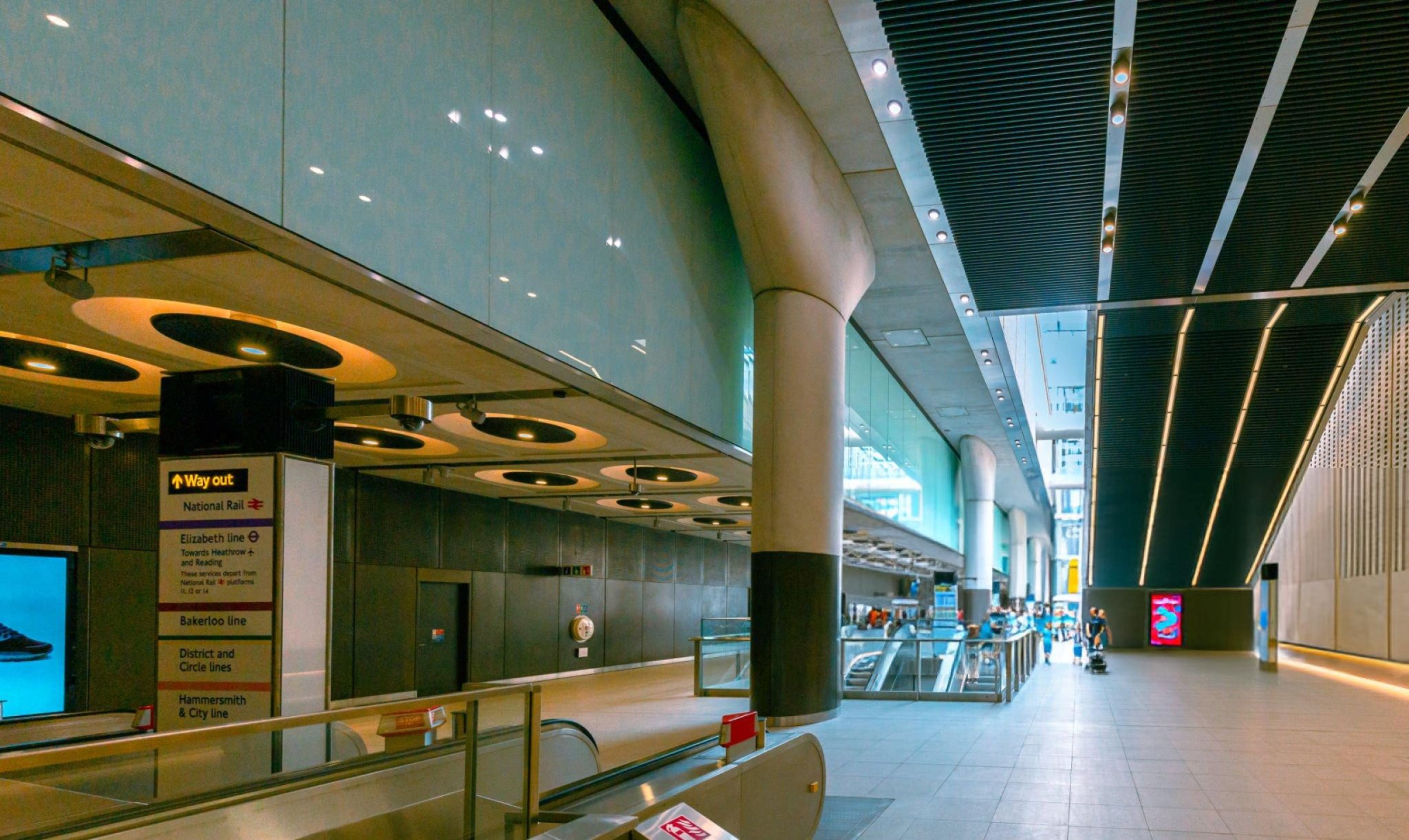Travellers flying in and out of London could face unnecessary confusion and delays this year due to inconsistent hand baggage and liquid rules at the capital’s major airports, according to consumer group Which?.
While some airports, such as London City and Gatwick, have rolled out next-generation 3D scanning technology that eliminates the need for liquid restrictions and electronic item removal, others, like Heathrow, Stansted, and Luton, are still operating under the long-standing 100ml liquid rule introduced in 2006.
The background of the 100ml liquid rule
The 100ml rule was introduced after a foiled terrorist plot in 2006 involving liquid explosives at Heathrow. Since then, passengers have been required to place all liquids in containers no larger than 100ml, packed inside a single clear plastic bag not exceeding one litre in volume. Each person is permitted one bag only, which must be sealed and presented separately at security.
Liquids encompass a wide range of items, including:
- Drinks and water
- Semi-liquid foods (e.g., jam, honey)
- Toiletries and cosmetics (including creams, lip gloss, and sprays)
- Pastes such as toothpaste
- Gels like shower gel
- Contact lens solution
Exceptions are made for baby milk, essential medication, and special dietary items, provided the contents can be verified. Duty-free liquids purchased at the airport are also permitted if sealed in a security bag with proof of purchase.
The technology changing security
Recent developments in security technology have begun to overhaul these rules. London City Airport led the charge by scrapping the 100ml restriction in April 2023. It now uses computerised tomography (CT) scanners that create high-resolution, 3D images of hand luggage, enabling security officers to view contents from multiple angles without requiring removal of items.
Gatwick Airport followed suit, allowing passengers to leave liquids and electronics in their bags at security. This simplifies the process and speeds up queues, especially during peak travel seasons.
However, Heathrow Airport has taken a slower, phased approach. Though the introduction of CT scanners has begun, it’s being carried out on a lane-by-lane basis and is not expected to be fully completed until June 2025. This has led to a patchwork experience for passengers—some lanes may have the new rules in place while others still require the old 100ml liquid bag and electronics removal.
At present, London Stansted and Luton have not implemented the new scanning systems, and passengers there must continue to adhere strictly to the traditional hand luggage requirements.
Why the disparity could cause trouble
Which? has raised concerns that this inconsistent rollout could lead to significant passenger confusion. It notes that even within the same airport, travellers may find different rules apply depending on which security lane they pass through. The group warns this could slow down the security process and increase the chances of items being confiscated unnecessarily.
The group is urging the government and airport authorities to communicate clearly with passengers and ensure consistent enforcement to avoid frustration and delays.
Additional baggage considerations
Regardless of the liquid rules, all London airports still enforce standard security protocols. Prohibited items in hand luggage include:
- Sharp objects (e.g., razor blades)
- Weapons or toy replicas
- Tools and power tools
- Blunt instruments like baseball bats
- Explosives, flammables, and corrosive substances
- Incapacitating sprays (e.g., pepper spray)
- Cigarette lighters (only one allowed on person, not in luggage)
While food and powders are generally permitted, passengers flying to the US must note that powdered items such as baby formula and medications are restricted to 350g.
Conclusion
Until the June 2025 deadline is met across the board, passengers flying via London’s airports should check the specific security requirements of their departure airport before travelling. When in doubt, it’s best to follow the 100ml liquid rule, ensure electronics are easily accessible, and be aware of current restrictions to avoid delays at security.






